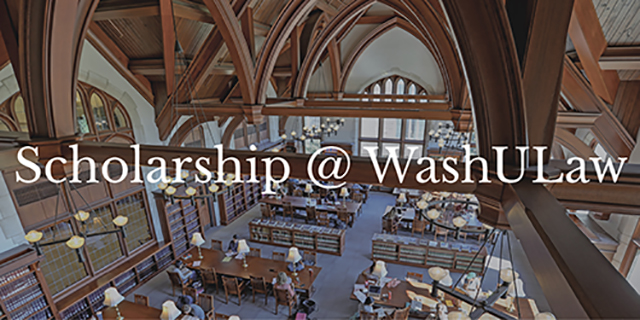
Scholarship@WashULaw
Document Type
Essay
Publication Date
2021
Publication Title
Harvard Law Review Forum
Abstract
For a brief moment in the fall of 2020, structural reform of the Supreme Court seemed like a tangible possibility. After the death of Justice Ruth Bader Ginsburg in September, some prominent Democratic politicians and liberal commentators warmed to the idea of expanding the Court to respond to Republicans’ rush to confirm a nominee before the election, despite their refusal four years prior to confirm Judge Merrick Garland on the ground that it was an election year. Though Democratic candidate Joe Biden won the Presidency in November, Democrats lost seats in the House and have a majority in the Senate only through the tiebreaking vote of the Vice President. These slim margins, which make aggressive legislative action appear unlikely, led observers to conclude that “court reform is effectively dead for the foreseeable future.”
But is that really so? This Essay seeks to examine the prospects for Supreme Court reform — in both the short and the long term. We argue that it is too soon for proponents of Supreme Court reform to give up. Some modest reforms are still possible today, despite current political realities. And more ambitious reforms may return to the agenda sooner rather than later.
Keywords
Supreme Court Reform, Federal Courts, Congress, Executive Branch
Publication Citation
Daniel Epps and Ganesh Sitaraman, The Future of Supreme Court Reform, 134 Harv. L. Rev. F. 398 (2021)
Repository Citation
Epps, Daniel and Sitaraman, Ganesh, "The Future of Supreme Court Reform" (2021). Scholarship@WashULaw. 152.
https://openscholarship.wustl.edu/law_scholarship/152

